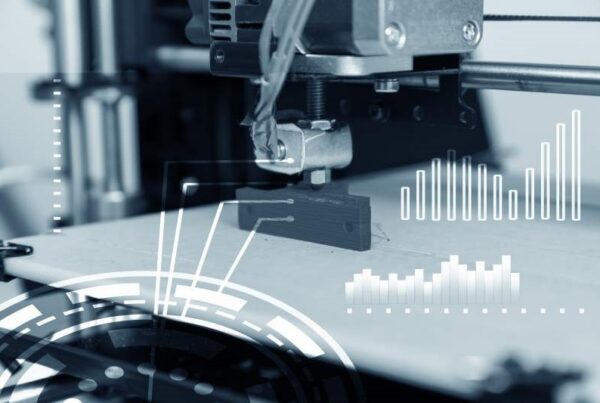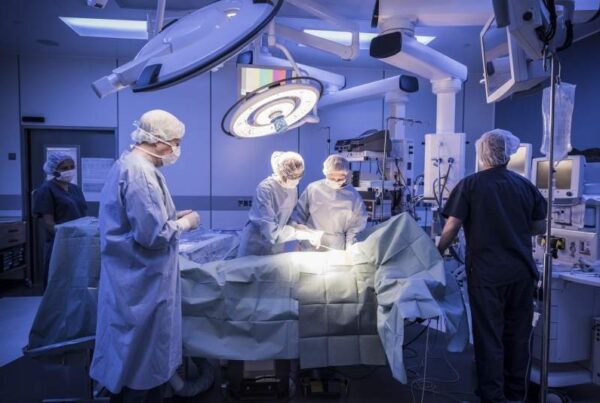The global market for implantable medical devices was valued at USD32.3 billion in 2015 growing at a CAGR of 4.9% till 2024 to reach USD49.8 billion.
An implantable device can be defined as a device that is placed into a surgically or naturally formed cavity of the human body if it is intended to remain there for a period of 30 days or more.
The reconstructive joint replacements segment is expected to have the highest growth rate during the forecast period. Joint replacement is highly sought after sub-segment of the orthopedic implants segment in the global implantable medical devices market.
Cardiovascular implants, dental implants, intraocular lens (IOLS), breast implants, and others make up for rest of the market.
Geographically, North America contributes to ~42% of total market. However, Asia Pacific is anticipated to grow at a higher CAGR due to a large population base, and investments by governments towards improving the healthcare infrastructure.
Japan is the second most prominent market globally. Growth drivers for this market are rising awareness, increasing geriatric population, and rise in the number of musculoskeletal, dental, and other chronic degenerative health conditions.
High price of implantable devices and pricing pressures by bulk buyers are expected to restraint the market growth. The market is fairly consolidated with the top five companies including Johnson & Johnson, Zimmer Biomet, Medtronic, Institut Straumann AG and Stryker accounting for more than 50% of the market. Other key players in the market are Abbott Laboratories, Smith & Nephew, Danaher Corporation, Dentsply Sirona and Boston Scientific Corporation




Thank you for your sharing. I am worried that I lack creative ideas. It is your article that makes me full of hope. Thank you. But, I have a question, can you help me?